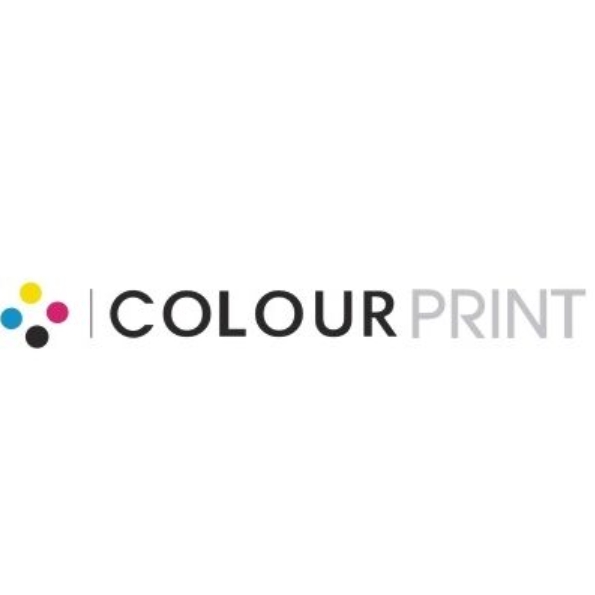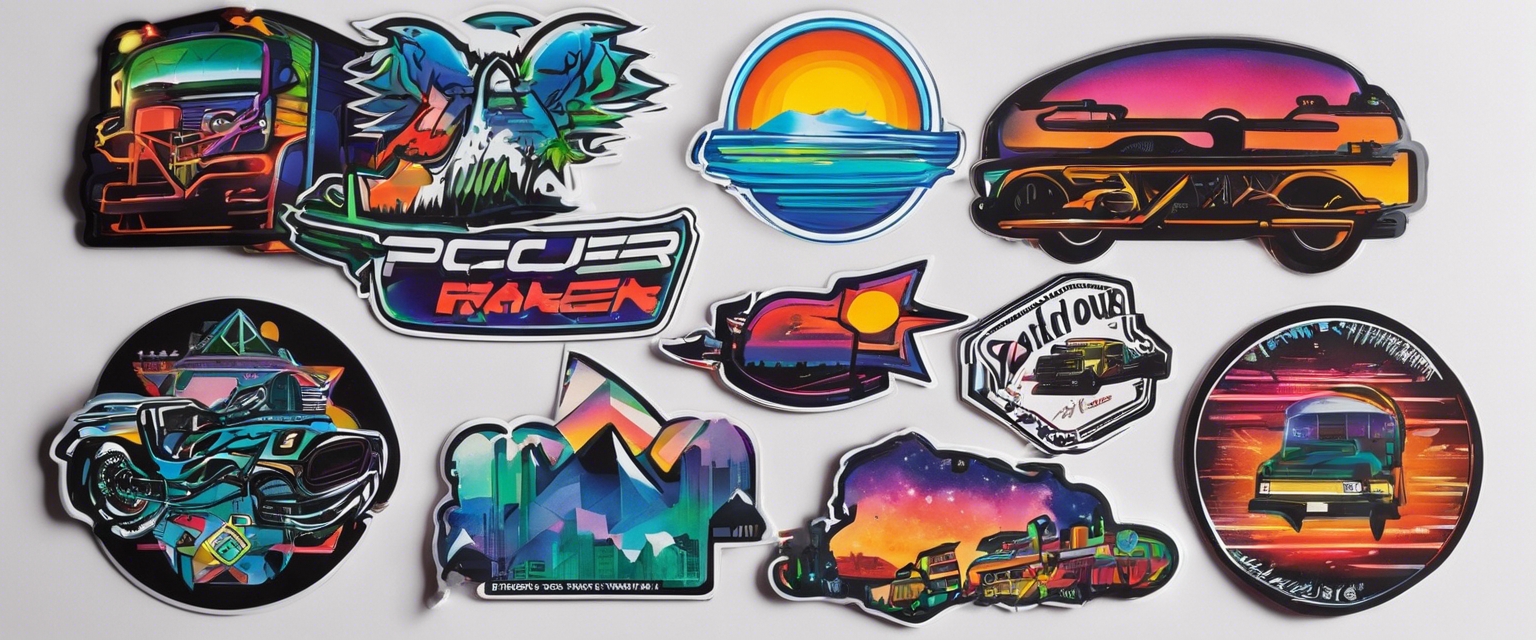The future of eco-friendly printing: what you need to know
Eco-friendly printing is a method that reduces the environmental impact associated with traditional printing processes. It involves the use of sustainable materials, energy-efficient equipment, and processes that minimize waste and pollution. As businesses and consumers become more environmentally conscious, the demand for green printing solutions is on the rise.
Sustainable practices in the printing industry are crucial for protecting our planet. By adopting eco-friendly methods, businesses can contribute to the conservation of natural resources, reduction of carbon footprint, and the overall health of ecosystems.
Current Trends in Eco-Friendly Printing
One of the significant trends in eco-friendly printing is the use of green inks and toners. These products are made from renewable resources, are non-toxic, and often soy or vegetable-based, making them a healthier choice for both the environment and humans.
Another trend is the use of recycled and sustainable paper. This paper is sourced from responsibly managed forests or made from post-consumer waste, reducing the need for virgin paper and the deforestation that comes with it.
Advancements in technology have led to the development of energy-efficient printing equipment. These machines consume less electricity and help reduce the carbon footprint of printing operations.
Waste reduction is a critical aspect of eco-friendly printing. Techniques such as precise cutting to minimize offcuts, using digital proofs instead of physical samples, and recycling programs for used materials are becoming standard practices.
Technological Innovations Shaping the Future
3D printing technology has the potential to revolutionize eco-friendly printing by reducing material waste and allowing for the creation of complex designs without the need for multiple processes.
Digital printing has seen significant advancements, with newer machines offering higher efficiency and less waste. Digital printing also allows for short runs, which means only printing what is needed, further reducing waste.
The development of biodegradable materials and inks is an exciting area in eco-friendly printing. These materials break down naturally without harming the environment, offering a promising solution for the future of sustainable printing.
Challenges and Considerations
While eco-friendly printing is beneficial for the environment, it can come with higher upfront costs. However, long-term savings and the potential for a positive brand image can offset these costs.
Increasing consumer awareness and demand for sustainable products is driving the market towards eco-friendly printing solutions. Businesses that adopt green practices can leverage this trend to attract environmentally conscious customers.
Compliance with environmental regulations and obtaining certifications like the Forest Stewardship Council (FSC) can be challenging but are essential for businesses committed to sustainability.
How Businesses Can Adapt
Businesses looking to adopt eco-friendly printing practices should start by assessing their environmental impact. This includes evaluating the materials used, the energy consumption of equipment, and the waste produced.
Partnering with the right eco-friendly printing company is crucial. Look for partners like COLOUR PRINT OÜ that prioritize sustainability in their operations and product offerings.
Once a business has adopted eco-friendly printing practices, it's important to communicate this commitment to sustainability to customers. This not only informs consumers but also strengthens the brand's position in the market.






Comments (0)